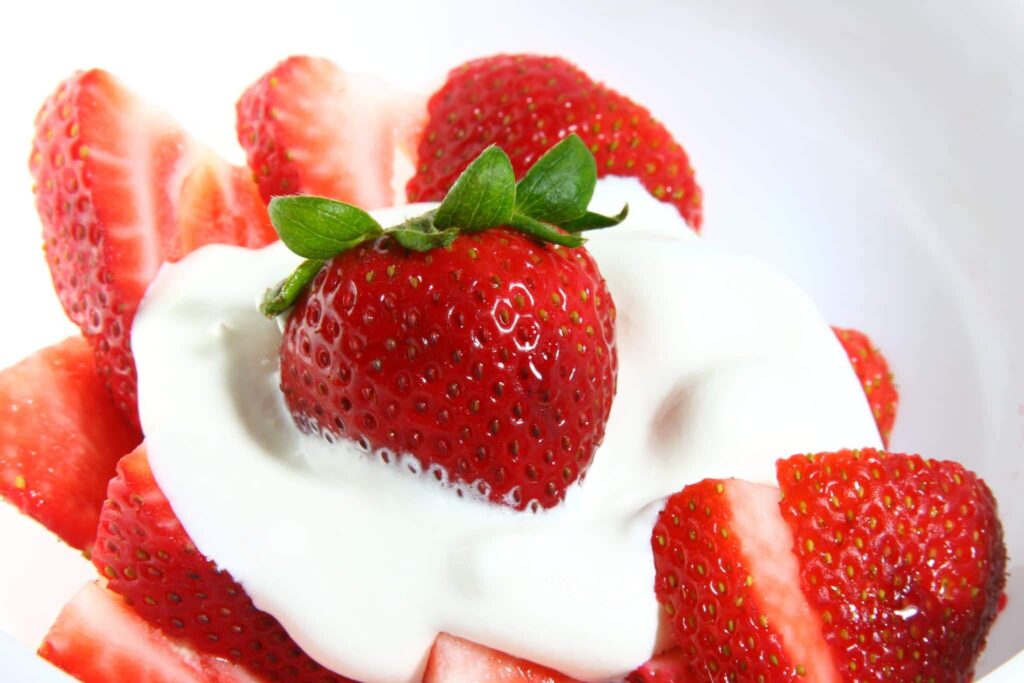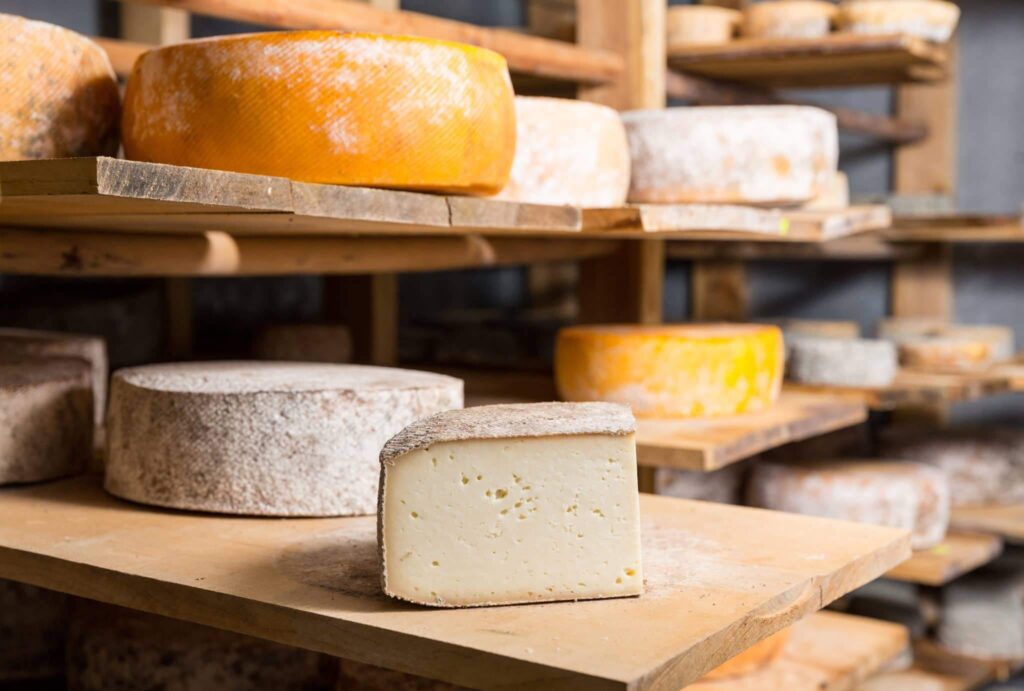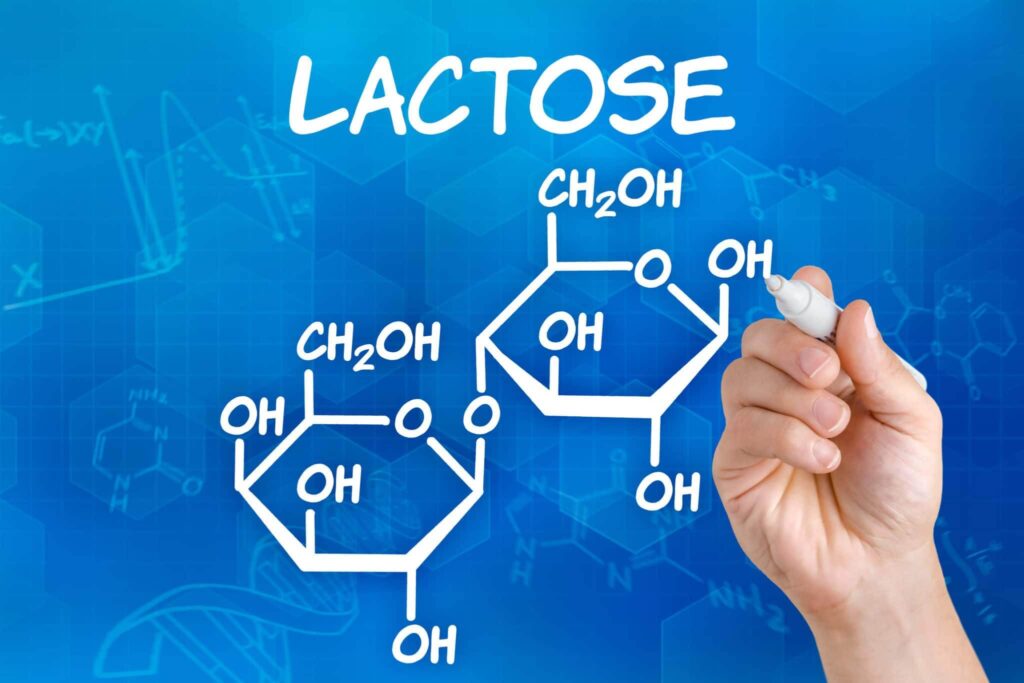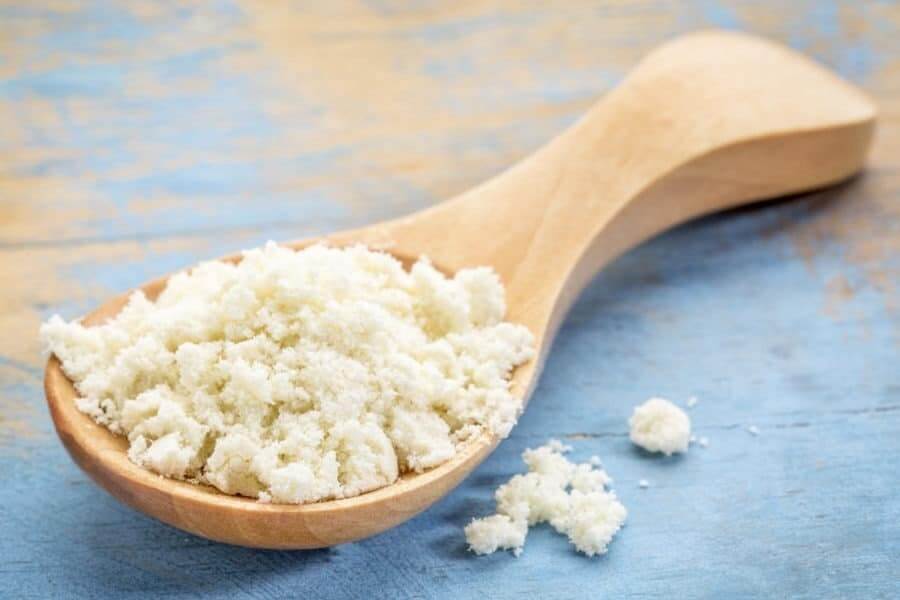
Whey
Whey is a by-product of cheese making. The whey (whey liquid) contains, among other things, the serum or whey proteins. In addition, it contains soluble vitamins and minerals also found in milk. The proteins found in whey are very important, proteins are often separated from the whey liquid for example in protein fortified products. The washing liquid is used in the soft drink industry. Addition of fruit juice, sugar, flavorings and cream, among others, makes the obtained whey drinks look to the eye and taste like soda, milk or yogurt drinks, for example.
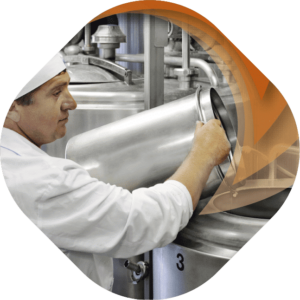
For the best mixing solution we rely on our process knowledge of more than 80 years and our high quality sanitary design

Whey as a by-product
The basis for the production of cheese are the fats and proteins in the milk. Without these proteins, making cheese is not possible. Also, when making cheese, solids in the milk (proteins, fat and minerals) are separated from the liquid. This is done by adding rennet.
The rennet contains chymosin. Chymosin is a protein-splitting enzyme; it causes certain milk proteins to clump together. In addition, it enables the separation of curd and whey. The whey still contains many substances from the milk, including whey protein, milk sugar, vitamins and minerals. Thus, whey is a liquid byproduct of cheese production. The liquid has a yellow-green color and tastes slightly sour. Whey has about half the lactose compared to cow’s milk.
The origin of whey
About 9 liters of whey are produced per kilogram of cheese. The huge amount of whey was often a major problem for cheese producers. Decades ago, whey was still considered a waste product, just like the skimmed milk left over from butter production. When whey and skimmed milk turned out to be suitable artificial milk with which to raise animals, this only opened up new opportunities. Companies specialized in the production of veal and powdered milk appeared. Whey (powder) is also used today as a means of producing milk products for piglets, for example.
Frequently Asked Questions
What is whey?
Whey is a by-product of cheese making that contains whey proteins, soluble vitamins, and minerals from milk. It’s usually separated during cheese production and can be used in various products, including protein fortifications and beverages.
What is the role of rennet in cheese production?
Rennet, containing chymosin, is essential for cheese making as it helps in coagulating milk proteins and separating curd from whey. This process is fundamental to obtaining both curd for cheese and whey as a liquid by-product.
How is whey used in the beverage industry?
Whey can be transformed into appealing beverages by adding fruit juice, sugar, flavorings, and cream. This makes whey drinks resemble popular drinks like soda, milk, or yogurt, enabling their use in various drink recipes.
What nutritional benefits does whey offer?
Whey is rich in proteins, vitamins, and minerals found in milk. With approximately half the lactose of cow’s milk, it can serve as a nutritious option for those looking to reduce lactose intake while benefiting from high-quality protein.
Why was whey considered a waste product in the past?
Historically, whey was viewed as waste from cheese production, posing disposal challenges for cheese makers. However, its nutritional properties were later recognized, leading to its utilization in animal feed and other dairy products, thereby creating new markets.
Food & Beverages Contacts

Tom Pruymboom
Sales Director

Teun van der Spek
Area Sales Manager

Sijko van der Veen
Application Engineer
Technical Specialist
Dairy – Related Articles
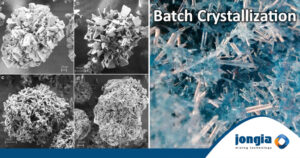
The introduction of crystallization in the mixing process for the dairy industry
Jongia Mixing Technology has initiated numerous mixing processes all over the world using her agitators. In some of these mixing processes, crystallization was a key factor in acquiring the desired final product. The process of crystallization is well-known in the

The Jongia Magitator: A multi-purpose magnetic agitator
To keep dairy or starch products homogeneous, the Jongia Mixing Technology Magitator, a magnet-driven agitator, is the right choice. In addition, this agitator maintains vegetable oil or juices at the right temperature. USP’s of the Magitator Opting for the Magitator

Jongia propellers are a valuable addition to the mixing process
Product friendly propellers are an indispensable part of our customers’ mixing process. Especially in the dairy industry, where slightly viscous liquids are mixed, it is very important that the products are not damaged during the mixing process. Jongia has unique



